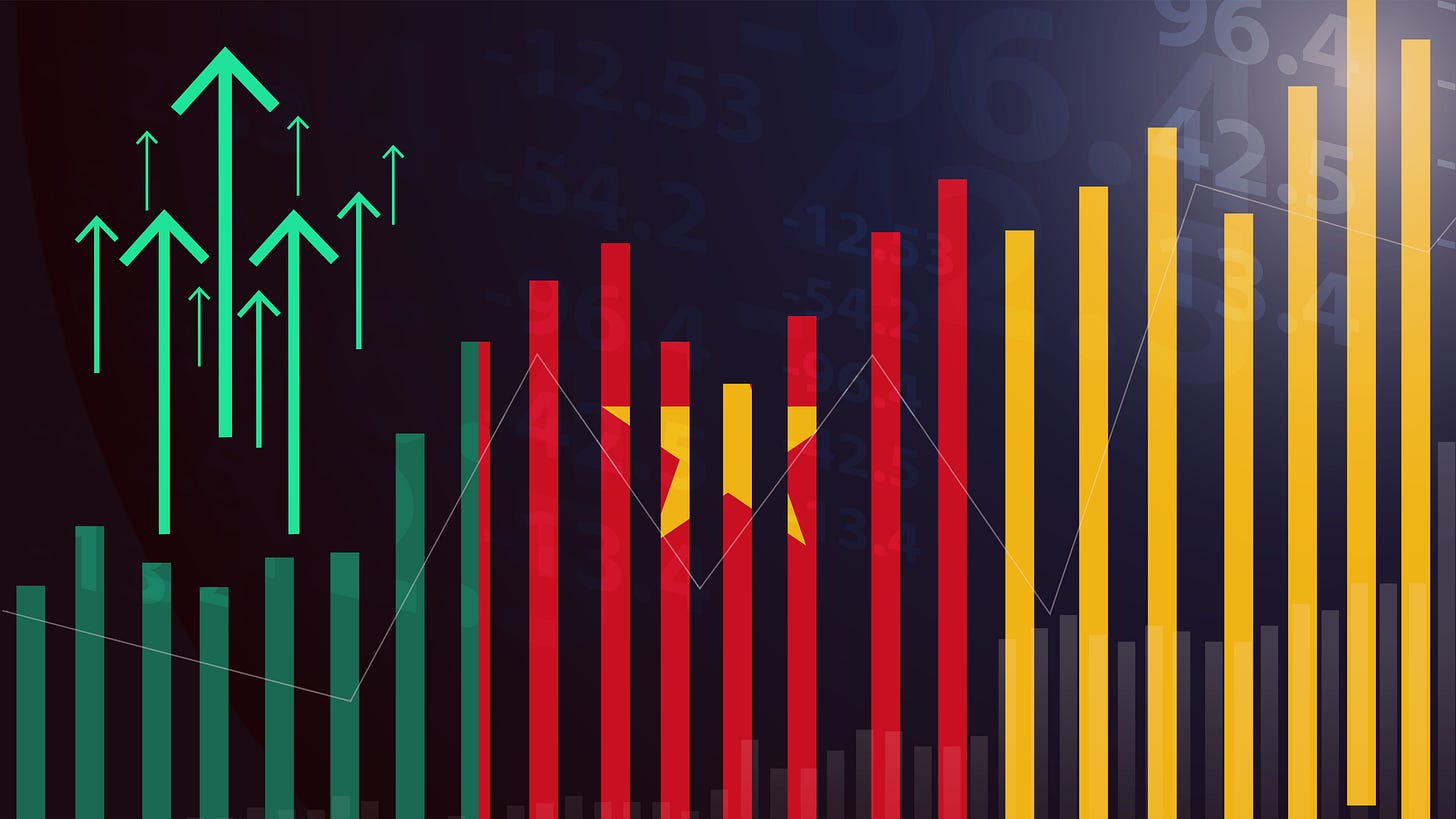Cameroon 2025: Political Flux, Economic Promise, and Investor Risk
Cameroon faces a year of heightened political and operational uncertainty. Long anchored by elite consensus, the country is entering a volatile phase. President Paul Biya, approaching his 93rd birthday, has not clarified whether he will seek another term, fueling speculation and power shifts. Historic alliances are fracturing, digital spaces are rife with disinformation, and new actors are emerging. For investors, this moment demands recalibrated due diligence and refined risk strategies.
Political Realignment Ahead of the 2025 Election
The presidential bids of Issa Tchiroma Bakary and Bello Bouba Maïgari, both once loyalists, mark a symbolic rupture with Biya’s decades-long coalition, particularly in the North. While some government voices affirm Biya’s candidacy, others describe it as uncertain. Rumors over his health persist. Meanwhile, the diaspora has become more vocal, with opposition leader Maurice Kamto drawing support from abroad.
Whether Cameroon is on the cusp of a genuine transition or simply another cycle of elite reshuffling remains unclear. However, the potential for policy disruption and institutional instability is real and growing.
Economic Prospects and Regional Exposure
Despite domestic instability, Cameroon remains a linchpin in Central Africa. In 2025, it accounted for nearly half of the African Economic and Monetary Community’s (CEMAC) foreign exchange reserves. Major investments in the Kribi deep seaport, alongside backing from China, France, the United States, and Nigeria, reinforce its role as a regional trade corridor. The launch of the country’s first underground gold mine and new funding for rice production signal a resource-led development strategy.
Yet structural weaknesses persist. The IMF’s July agreement unlocked $147 million but flagged inflation, arrears, and fiscal slippage. Growth projections were revised to 3.8 %. Medium-term prospects hinge on public financial reform and infrastructure delivery.
Cameroon’s ports are vital to Chad and the Central African Republic, handling up to 90% of their imports. Disruptions at Douala or Kribi, whether from unrest, regulatory action, or technical failure, would ripple across the region. This interconnectedness magnifies the need for investor scenario planning and regional exposure mapping.
Legal and Regulatory Environment: Compliance Without Guarantees
Legal predictability remains limited. While the April court decision favoring MTN Cameroon suggested some judicial independence, broader enforcement remains selective. High-stakes disputes, such as the unresolved Actis-Eneo stake sale and Olembe sports complex arbitration, underscore gaps in contract enforcement.
Legacy laws are inconsistently applied, especially in digital regulation, taxation, and infrastructure oversight. For investors, compliance alone offers little certainty. Effective risk mitigation requires thorough legal due diligence, trusted local partners, and instruments like political risk insurance.
Digital Economy: Innovation Meets Instability
Cameroon leads Central Africa in mobile money adoption and digital entrepreneurship, offering real investment promise. The National Artificial Intelligence Strategy, launched in July, positions the country as an aspiring AI hub by 2040. However, poor infrastructure and limited innovation capacity pose real constraints.
Digital infrastructure remains fragile. Prolonged portal outages and fibre sabotage have raised security concerns. The telecom regulator fined Orange and MTN a combined $4.3 million for service failures, which signaled enforcement intent and exposed regulatory volatility.
Digital platforms foster civic engagement but also facilitate disinformation. Regulatory oversight remains inconsistent, and digital rights advocates warn of shrinking civic space.
Security and Humanitarian Risks
Cameroon’s operational landscape remains fraught with security challenges. The Anglophone crisis disrupts the Northwest and Southwest; Boko Haram and Islamic State fighters persist in the Far North. These threats compromise supply chains and heighten risk during politically sensitive periods. More than a million internally displaced persons underscore the deepening humanitarian toll.
Investor Outlook
Cameroon presents a mixed landscape. Uncertainty around succession and elite fragmentation increase the likelihood of abrupt policy and regulatory shifts, making strategic political monitoring imperative.
While sectors like digital and logistics offer upside, regulatory unpredictability, infrastructure gaps, and uneven enforcement temper optimism. Regional dependencies, especially on ports, magnify the risks of disruption.
Security volatility and humanitarian pressures further complicate the operating environment. Yet for investors equipped with disciplined risk management, adaptive strategies, and strong local insight, the country remains a viable, if demanding, market.
Cameroon offers meaningful opportunities for those who pair rigorous due diligence with strategic agility. Navigating 2026 will require analytical clarity, responsiveness to shifting dynamics, and robust contingency planning.
14 North uses expertise, experience, and on-the-ground presence to solve complex problems and guide businesses and organizations through Sub-Saharan Africa’s emerging and frontier markets. To learn more, please contact us at info@14nstrategies.com or www.14nstrategies.com.




